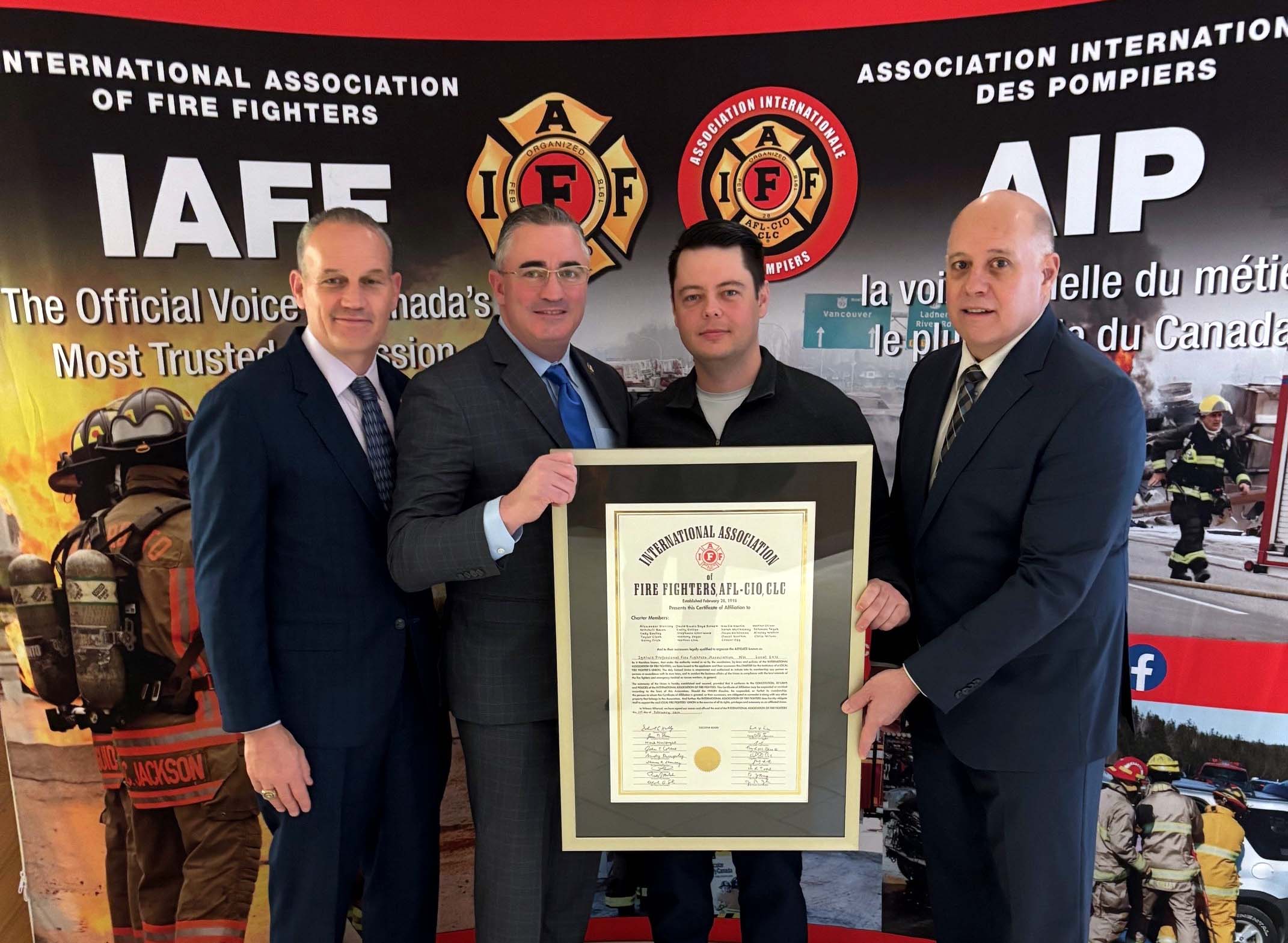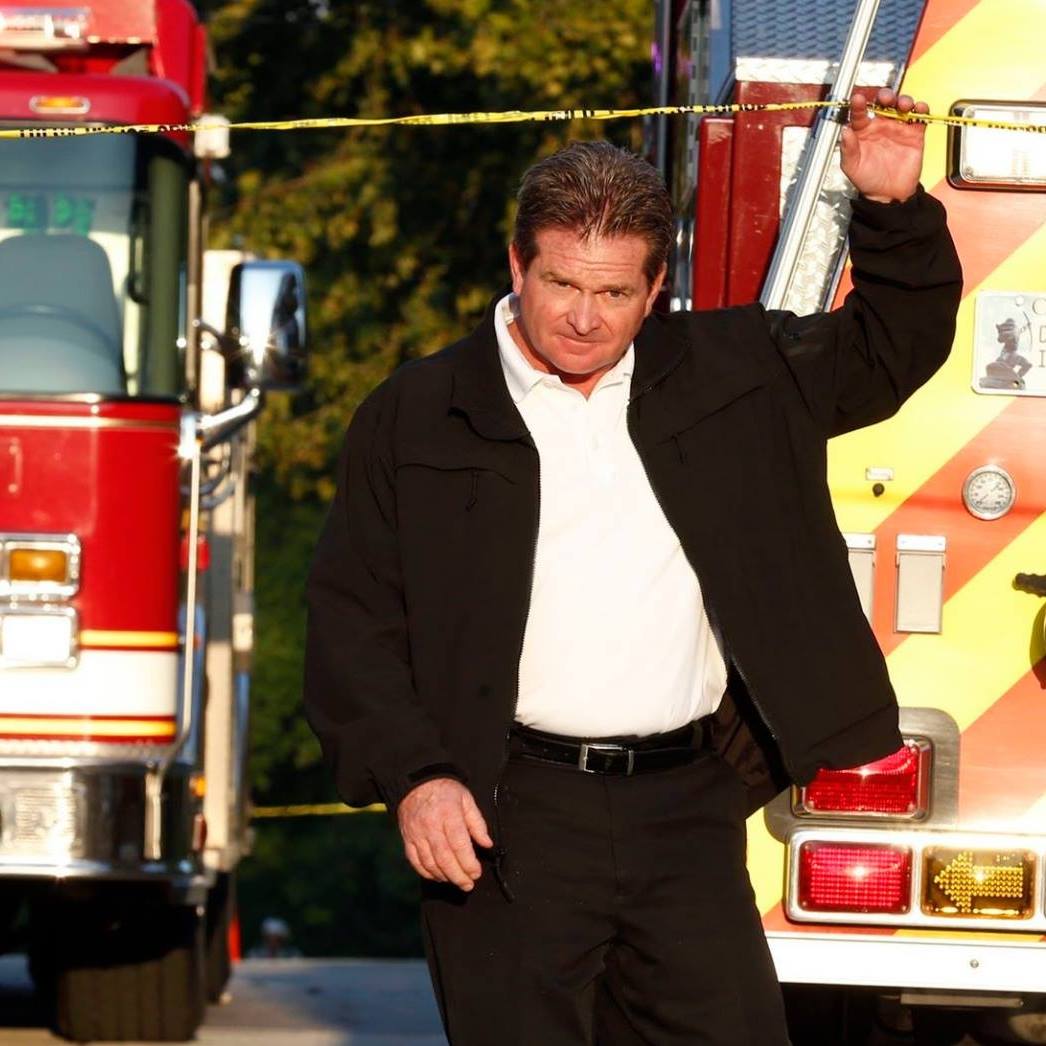The Ontario Professional Fire Fighters Association (OPFFA) is celebrating the introduction of detailed new fire service and public safety regulations that are among the most robust in North America.
On May 3, the Ontario government filed three new regulations under the Fire Protection and Prevention Act that will require municipalities to conduct detailed community risk assessments, publicly report fire department performance and require all fire fighters and other personnel to receive National Fire Protection Association (NFPA) certification to their level of expertise.
OPFFA President Rob Hyndman says the regulations are the culmination of two years of hard work and collaboration by OPFFA members and other fire service stakeholders.
“We were pleased to work as part of the Minister’s Fire Safety Technical Table to develop regulations that will improve public and fire fighter safety,” Hyndman says. “Ontario’s fire fighters can rightly be proud that we will now have minimum qualifications and certification for fire fighters, mandatory community risk assessments and greater transparency around public fire department performance reporting.”
A regulation taking effect in July 2019 requires municipalities to ensure that fire department personnel, including fire fighters, fire educators, investigators, prevention staff, dispatchers, officers, haz-mat technicians and technical rescue personnel are certified to the applicable NFPA standard.
Another regulation taking effect in 2019 will require every Ontario municipality to conduct a fire-marshal-approved community risk assessment at least every five years and an annual review that describes geography, demographics, critical infrastructure, fire deaths, injuries, fire losses and more.
A third regulation, set to take effect in 2020, requires all fire departments – full-time or part-time – to publicly report fire department performance, including alarm answering time, alarm transfer time, call processing time, turnout time, response time and on-scene intervention initiation time.
13th District Vice President Fred LeBlanc says the new regulations are a true endorsement of NFPA standards and represent a turning point for Ontario’s fire service.
“These regulations confirm NFPA as the industry standard and go a long way in validating so many coroner’s inquests from previous decades.”
“Ontario is making history as the first state or provincial government in North America to require fire department performance reporting,” says Lori Moore-Merrell, Assistant to the General President for Member Services, Technical Assistance and Information Resources. “These regulations are a monumental step that will pay great dividends for the health, safety and well-being of the public and the emergency responders. Ontario has stepped up to be the model for all other state and provincial governments.”
In its work to advance the regulations, the OPFFA consulted Moore-Merrell, who also serves as a subject matter expert advisor to the chair of the NFPA 1710 Technical Committee and sits on the board of directors for the International Fire Service Training Association.
IAFF affiliates on the panel that drafted the regulations include Hyndman, OPFFA Executive Vice President Mark Train, Toronto Local 3888 President Frank Ramagnano and Local 3888 Vice President Kevin McCarthy. Other representatives at the table were from associations representing municipalities, fire chiefs and part-time fire fighters. The goal was to assure that input was received from communities large and small while representing full-time, part-time and composite fire departments.


